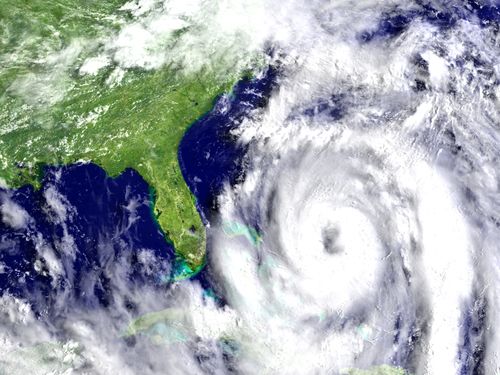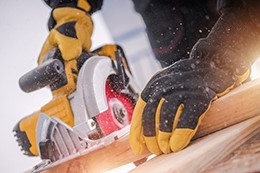According to the National Oceanic and Atmospheric Administration, more than 15,000 wildfires burned nearly two million acres of land across the United States through the second quarter of 2018 alone.
The warmer-than-average temperatures and dry weather created ideal wildfire conditions across large swaths of the country. Although the western part of the United States is especially vulnerable to wildfires, it is important to note that they can happen anywhere. Wildfires often strike very quickly and with little or no warning, igniting brush, trees, and homes. However, there are steps you can take to protect your home and property before a wildfire threatens.
- Clean the roof and gutters regularly to avoid the accumulation of flammable materials such as leaves, twigs, and pine needles.
- Have chimneys inspected every six months. Clean them at least once a year to remove the build-up of soot or creosote. Make sure that the dampers are working properly.
- Landscape your property with fire-resistant plants that have low-moisture requirements. For example, hardwood trees are less flammable than pine, evergreen, or fir trees. Also, consider covering areas of open ground on your property with gravel, rock, brick, or other non-flammable substances.
- Clear the vegetation near your home to create a fuel break. Create a safety zone around your home and any other structures on your property of 30 to 100 feet.
- Remove any vines growing on the exterior of your home.
- Mow the lawn regularly.
- Eliminate debris from underneath porches or decks. Install screening underneath decks to prevent leaves and pine needles from accumulating there.
- Keep bundles of firewood or woodpiles at least 100 feet away from your home.
- If possible, maintain an ample, reliable outdoor water supply, such as a well, cistern, swimming pool, hydrant, or small pond. Locate nearby creeks, rivers, lakes, and ponds nearby, in case firefighters need to access additional water supplies.
- Own at least one garden hose that is long enough to reach every side of your home, the roof, and other structures on your property. Attach it to a freeze-proof exterior water outlet.
- Buy a ladder that is tall enough to reach the roof.
- Equip every level of your home with smoke detectors, especially near bedrooms. Test the batteries several times a year and change them at least once a year.
- Plan multiple escape routes from your home by car and by foot. Be sure that all of your home's occupants are aware of the plan. Consider practicing fire drills to exit the house safely.
- Make plans for safe evacuation of your pets.
- Post emergency phone numbers by every phone.
- If advised by local authorities to evacuate, do so immediately.
Are you appropriately covered?
Review your homeowners policy regularly and keep an updated list of the contents of your home. Help protect yourself from devastating economic loss, be sure your homeowners policy covers the replacement cost of your home, particularly if you live in a high-risk area.
In the event that you are forced to leave your home due to wildfire damage, some policies may provide coverage for additional living expenses, such as hotel and restaurant bills. Talk to your insurance agent to determine if your policy covers smoke or soot damage if the home was not destroyed by the wildfire itself.
Every year many families lose their homes and property to wildfires that ignite everything in their path. Although wildfires may not be completely preventable, you can minimize losses by taking precautions to help protect your home long before wildfire season even begins.
Contact us
Our Risk Coaches are licensed insurance professionals who are trained to look at coverage from your perspective. They’re glad to help you navigate the often-perplexing world of insurance coverage. Contact your local Risk Coach™ professional, or call us at 800.342.5342, Monday through Friday, from 8:00 a.m. to 8:00 p.m. ET.





